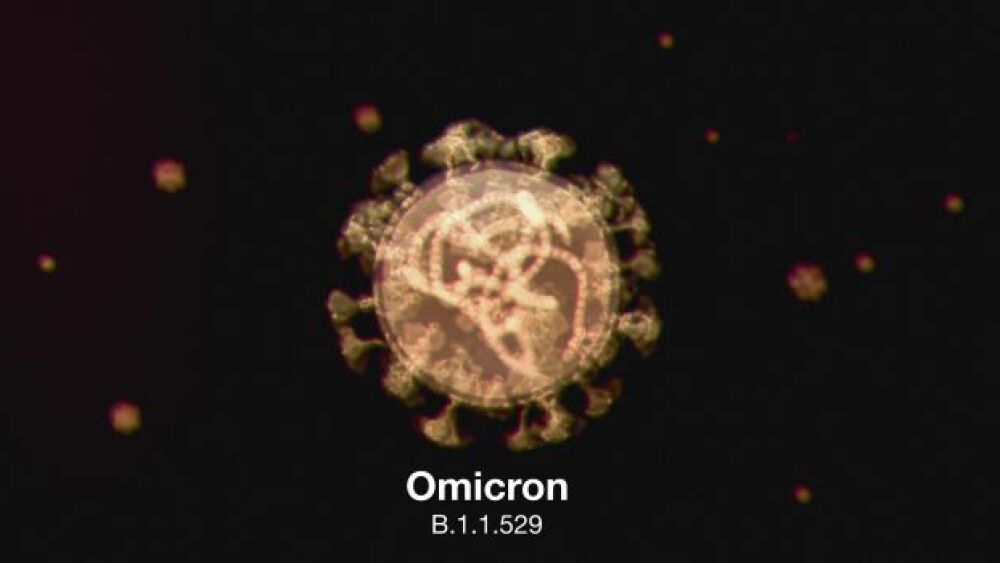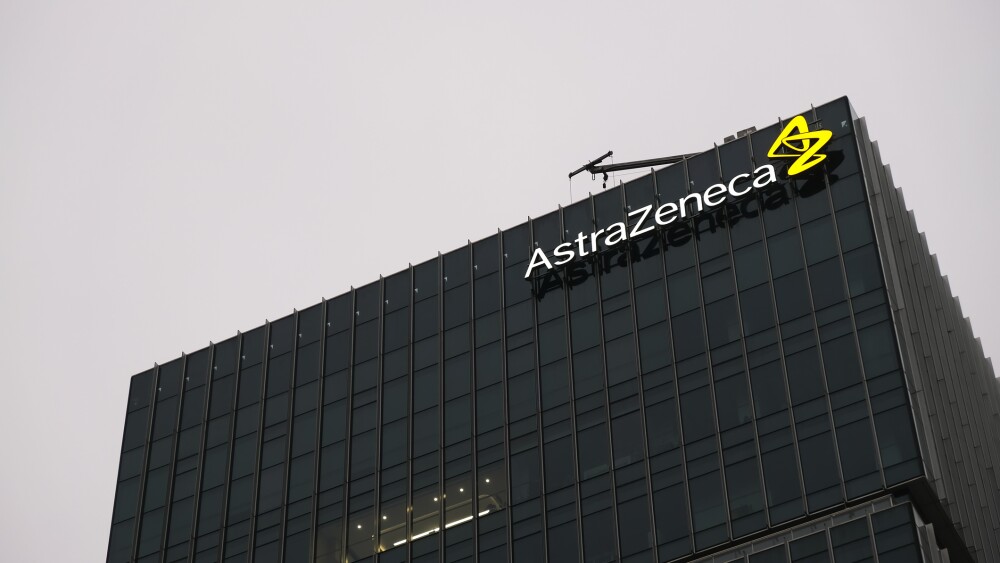Global health officials are monitoring COVID-19 cases with an eye to identifying the emergence of new, potentially more deadly or more infectious variants. Read on for more details.
Global health officials are continuing to monitor COVID-19 cases with an eye on identifying the emergence of new, potentially more deadly or more infectious variants. At the same time, companies are working to develop technologies, both vaccines and treatments, that can handle any future variants that might arise. Read on for more details.
A New COVID Variant, Omicron XE
The UK Health Security Agency has detected 637 cases of a new COVID-19 variant dubbed Omicron XE. The variant appears to be a recombinant, containing elements from the previous Omicron strains, BA.1 and BA.2. The agency says it’s too early to know much about the variant’s transmissibility or severity. There are hints, however, it might be more transmissible than the other two strains, which were highly infectious. The data suggest that XE has a growth rate of about 9.8% higher than BA.2, which was about 30% more infectious than BA.1.
“This particular recombinant, XE, has shown a variable growth rate and we cannot yet confirm whether it has a true growth advantage,” said Susan Hopkins, UKHSA’s chief medical advisor. “So far there is not enough evidence to draw conclusions about transmissibility, severity or vaccine effectiveness.”
China has also reported a new subvariant dubbed BA.1.1., which doesn’t match other variants sequenced in China or other databases. It was identified in a single mild COVID-19 case in Suzhou, a city near Shanghai.
Talaris’ Cell Therapy Appears Effective Against COVID-19 in Kidney Transplant Patients
Talaris Therapeutics presented new data on COVID-19 outcomes in living donor kidney transplant (LDKT) patients receiving FCR001, the company’s cell therapy product. The data was from the company’s Phase II trial. In previously reported data, 26 of 37 LDKT recipients of the drug achieved durable chimerism, which allowed them to discontinue and stay off immunosuppression for the duration of follow-up. In this context, chimerism means the patients show evidence the cell therapy is growing and present, as well as their original immune cells. There was a median follow-up of over six years.
The new data is a retrospective chart review of patients in the study performed by investigators at Northwestern University, who analyzed COVID-19 infection rates, the effects of the infection, and evidence of antibody response to vaccination. There were 28 patients for whom data were available, and 23 were durably chimeric. All of these 23 were able to discontinue chronic immunosuppression. The five remaining patients were not durably chimeric and continued on chronic immunosuppression.
Australian Study Links Vaccine-Related Blood Clots to Gene Variant
The AstraZeneca-Oxford and Johnson & Johnson COVID-19 vaccines were associated with rare blood clots known as vaccine-induced thrombotic thrombocytopenia (VITT). In recent research out of Australia, which is yet to be peer-reviewed, five unrelated individuals with blood clotting had unusually-structured antibodies targeting PF4, a protein involved in blood clotting. In addition, all five had a specific gene variant that produces these antibodies.
“The combination of a variant in a gene and the evolution of this antibody towards targeting in a highly deleterious manner the PF4 protein … leads to this disastrous complication,” the researchers wrote. The gene variant is most common in people of European descent.
Oragenics Extends Deal to Develop Vaccines Against Future Coronavirus Variants
Tampa, Fla.-based Oragenics extended a licensing and collaboration deal with the National Research Council of Canada (NRC). The agreement lets Oragenics work to develop an intranasal vaccine to protect against future coronavirus variants. The NRC has cell expression technologies that Oragenics can use to create cell lines to create spike protein antigens for existing and emerging variants of concern at high levels. They are also relatively quick, allowing the production of cell lines within six to eight weeks of spike gene sequence availability, compared to the traditional six to nine months.
“Oragenics is well-positioned to develop intranasal vaccines against future variants of SARS-CoV-2 thanks to our successful, ongoing collaboration with the NRC,” said Frederick W. Telling, Ph.D., executive chairman of Oragenics. “We had anticipated the need for rapid development of COVID-19 vaccine candidates against new variants and can leverage the NRC cell expression platform to address future variants.”
Featured Jobs on BioSpace





